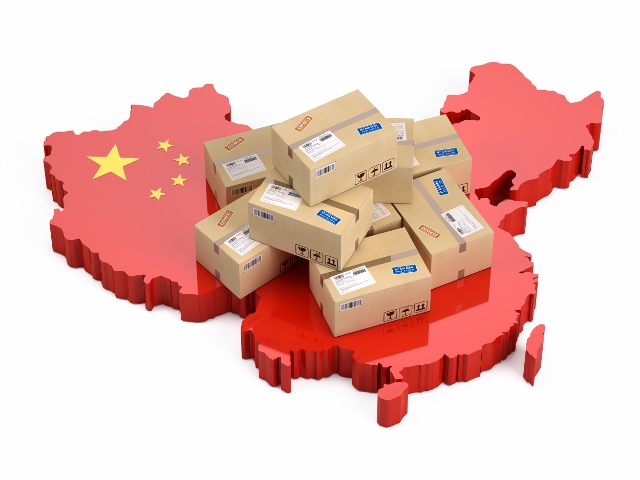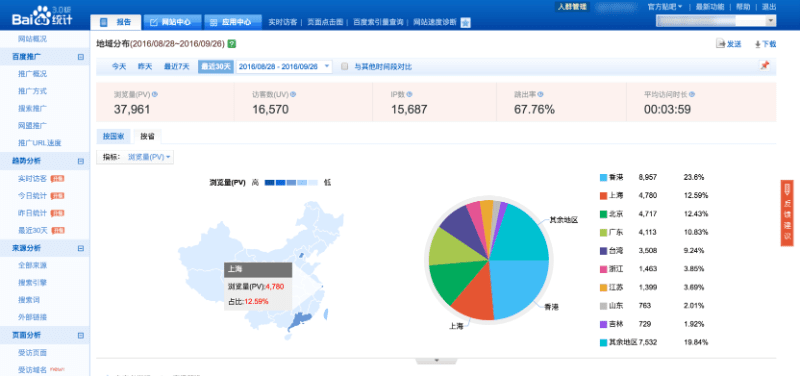Marketing Companies in China | Hub of China
Hub of China is one of the leading marketing companies in china. Hub of China is a leader in devising marketing strategies to reach and build up powerful relationships with Chinese consumers. In order to successfully market to Chinese consumers one must be aware of the latest marketing trends in China.
China Marketing Agency
Hub of China is a leading marketing agency in China. Our team of experts specializes in understanding and implementing the latest strategies to reach Chinese consumers. We have identified 5 key marketing elements that all firms should use to attract Chinese consumers. These elements are crucial for developing market entry strategies in China.
Engaging Content
Content is king in China. It has become the most important aspect of the marketing playbook. In the past, KOLs, paid ads, and promotions were the focus for big-budget companies seeking quick results. Many international brands tried to copy domestic competitors by using similar KOLs and social media platforms. However, they failed to understand the Chinese consumer and create content that engages their target market.
Brands often misread the interests of their audience, failing to understand what their consumers aspire to and what will get them to share and like content. For example, Dolce and Gabbana misjudged their target market when they released a video of a Chinese woman eating pizza with chopsticks. They thought it would be funny and edgy, but it sparked uproar and protest.
With the rise of video apps like Douyin and changing attitudes among millennials, content value has grown. Marketers must now develop creative concepts that are unique, distinct, and engaging for their target market.
Social Vendors
China leads the way in social commerce. A history of product scandals has made consumers skeptical about buying from unknown sources. As a result, social platform vendors have risen, giving Chinese consumers more confidence in purchasing products and services.
Social media channels like Red Little Book, WeChat, Weibo, and Douyin quickly allowed vendors to add sales links. This provides consumers with easy access to products and services at every turn. Influencers are shifting from paid posts to directly selling to their followers.
For brands to succeed with their target market, they must plan engagement strategies across multiple platforms. This will support both sales and long-term brand growth.
A Rapidly Changing Retail Industry
Physical retail spaces were used as a means to store, move stock through to customers and collect payment. This has changed given the ease at which consumers can order and pay online. Physical retail spaces are now becoming an environment to cultivate effective communication with consumers rather than a platform to directly sell.
In the past, physical retail spaces have been used to move inventory through to customers and collect payment on-site, where retail and merchandising teams would rarely intersect with marketing. However, given how easily consumers can broswe and purchase online, customers switch seamlessly between shopping in the online and offline world. Physical retail spaces are now being reimagined as marketing and engagement opportunities.
The online world in China currently claims just over 35% of overall retail sales. This is a far higher percentage than any other market in the world. Alibaba have coined the phrase the era of ‘new retail’. Alibaba’s Freshippo supermarkets are a mix between tactile and digital experiences that allow consumers to shop how they wish. You can go in-store, pick the groceries you want, pay and go. You can browse the store and get your groceries delivered to your home. Or you can buy online and go into the supermarket to collect. Or you can buy online and have your groceries delivered. Payments can be made via the Alibaba App, Alipay or facial recognition.
Measurement of Digital Performance
Analytics of data have become increasingly important in creating a successful marketing campaign in China. Brands on social media have started to realise that real follower gains are the result of brand awareness and loyalty. The traditional methods of a push marketing approach no longer work. The number of followers does not alone equal to sales performance. Engagement is far more important.
Social customer relationship management on WeChat together with the improvement in data collection are increasing the possibility of customised one to one marketing in China. For brands who have developed large, engaged follower bases on WeChat, there are important opportunities to organise user data and segment audiences based on shared attributes. Social CRM systems are designed around these possibilities and offer data collection, publishing and artificial intelligence support to manage one to one marketing on a large scale.
Chinese Marketing is an International
As Chinese consumers increasingly live and travel around the world one needs to ensure that marketing strategies are approached at the global level. Messaging and content needs to remain respectful, authentic and a balance between core brand identities whilst localising for China. Marks & Spencers did not adapt enough to Chinese consumers producing apparel that did not fit the body type of Chinese people nor meet their fashion aspirations.
As Chinese people and brands venture out of China mainland, so too will its global impact on media and marketing. Not only is Douyin a highly popular domestic app in China but its international version TikTok is now one of the most popular new apps globally. The two versions combined currently have over 500 million users.
Marketing to Chinese consumers in 2018 is very different to how things are in 2019. In order to successfully market to Chinese consumers brands must understand the current climate and apparatus to engage with Chinese consumers. We are leading marketing companies in china







